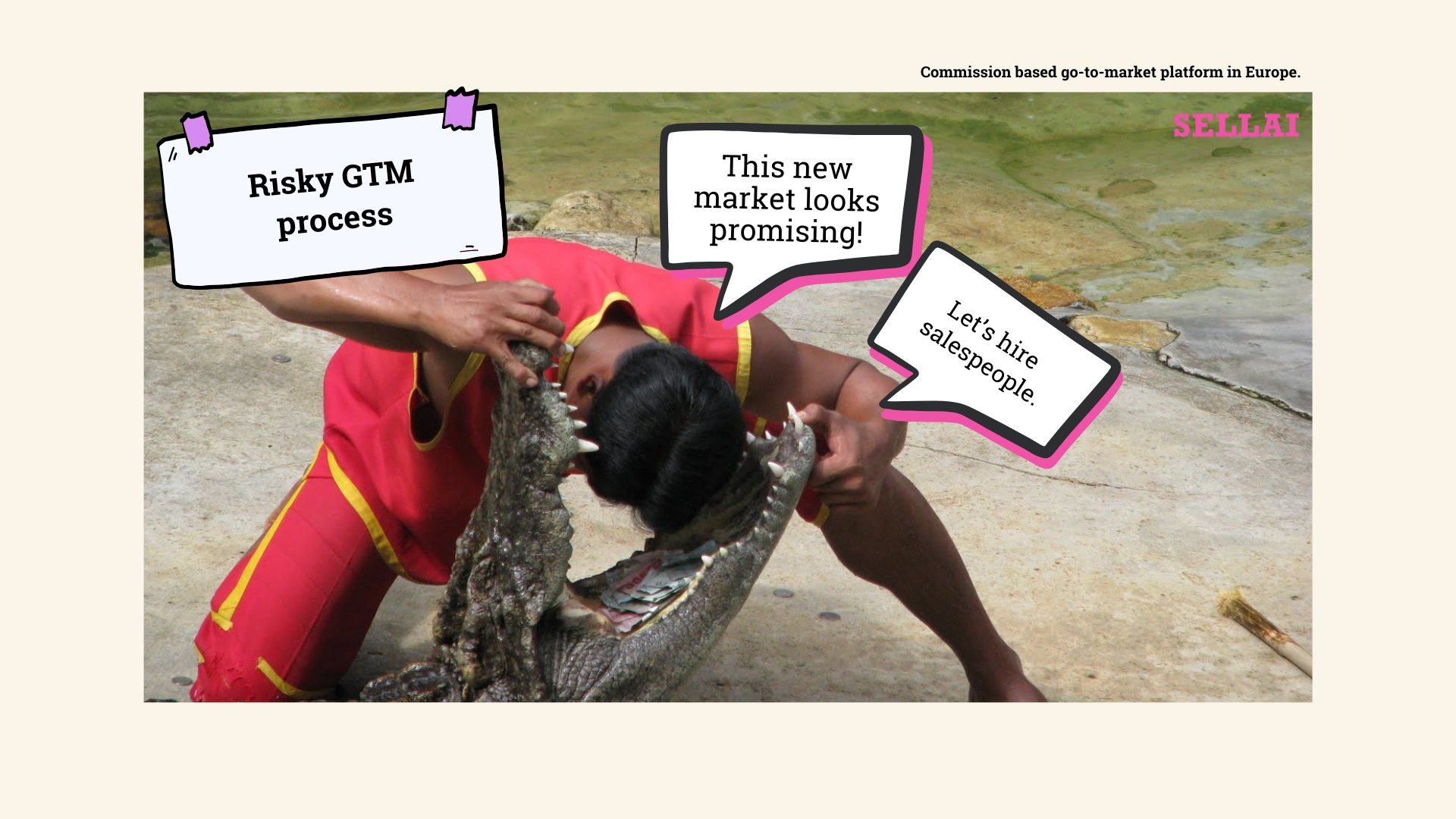Many salespeople and decision-makers wish cold calls would disappear. But they still bring results. This is why.

Cold calls don’t scale – that’s why they work
If you get one email a day, you read it.
If you get one call a day, you answer it.
But now, inboxes are flooded with 100+ emails daily, while phone calls remain rare.
Emails have become noise, but people still pick up the phone.
Sales tactics that have lost effectiveness over time
📩 Newsletters – Used to drive traffic, but now every company sends one, making them less effective. There is a dedicated inbox for them in Gmail now.
📧 Personal email automation – Worked well for some years, but now decision-makers are overwhelmed with "quick question" emails and ignore them.
💬 LinkedIn messages – Once read carefully, but now over half are automated sales pitches.

Our inboxes are now full of 'quick questions.' I remember replying to a couple of the first ones. When a sales tactic becomes easy to scale, it quickly loses effectiveness.
Cold calling requires skill and human effort. Most salespeople avoid it, and even the best can’t scale their time infinitely, this keeps it effective.
AI might destroy cold calling making it spammy. The US has seen this happen.
The U.S. experience with robocalls supports this hypothesis

In Europe, robocalls are heavily regulated and require consent. In Finland, a company was fined for automated telemarketing without permission (EDPB). The U.S. is different: in January 2024, Americans received over 4.7 billion robocalls, leading to more people avoiding unknown numbers (PR Newswire).
🇺🇸 💀 This means that cold calling in the U.S. is dying unless unauthorized robocalls are stopped. 🇪🇺💰 In Europe, strict regulations have kept robocalls under control, making phone calls still an effective channel.
Cold calls work for C-level decision-makers when:
✅ The caller uses a local number and speaks the same language
✅ The caller personalizes the introduction and makes it clear they have a real reason to call
✅ The caller knows their topic well
✅ The caller adapts to the customer's needs and situation
✅ The caller follows up with a message and calls again later – first calls rarely succeed





